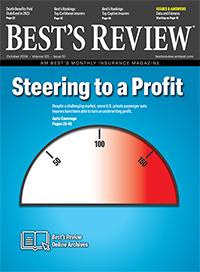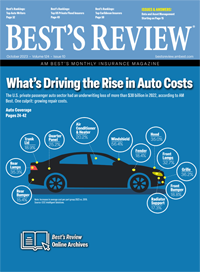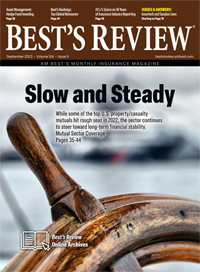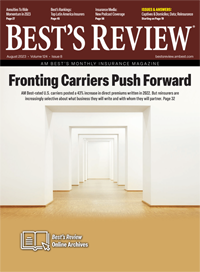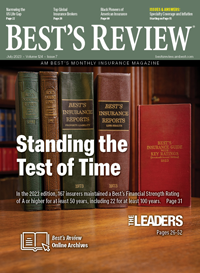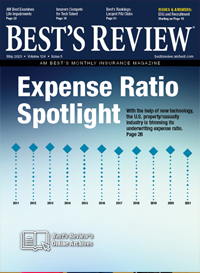At Large
Underspend, Overperform
How leading carriers defy conventional wisdom.
It should surprise no one to learn that high-performing insurers are better at core operations than competitors are—excelling in underwriting and claims while optimizing expenses. However, recent analysis indicates that superior carriers now consistently develop and leverage key advantages to go beyond traditional understandings of industry success.
Conventional wisdom—validated by centuries of experience—holds that insurance is a business of trade-offs. Spending more on underwriting results in lower loss costs, and vice versa. Within the loss cost itself, there should be a similar inverse relationship between loss adjustment expenses and pure loss. Traditionally, carriers accepted these trade-offs, prioritized one of the alternatives, allocated resources, developed capabilities and executed. It's common sense.
Not anymore—at least, not among top-performing carriers. How do they achieve this feat?
ACORD recently completed a study of expenses across 20 years among the 100 largest writers of commercial P/C lines in North America. Superior Performers—those who exceeded the cost of capital through both underwriting and investment—made almost seven cents more per dollar of premium than the study average. Inferior Performers made almost six cents less. Clearly, there is a wide outcome gap between these groups. What drove it?
A natural impulse would be to identify where the winners focused resources. What did they prioritize? On a relative basis, where did they choose to overspend, in order to underspend elsewhere?
The answer, surprisingly, is that Superior Performers achieved lower expense ratios in almost every category across almost every line of business—18% lower acquisition expenses than the average, 4% lower general expenses, 8% lower total loss costs. Defying conventional wisdom, they managed to “underspend to underspend,” while delivering exceptional results.
One key enabler of this feat was strategic and tactical technology deployment. Superior Performers did not necessarily spend more on technology, but demonstrated materially higher levels of digital maturity and the resulting productivity. Winners successfully deployed and leveraged technologies while ensuring alignment with strategic intent as well as complementary organizational and process capabilities. In this way, winners were able to operate more efficiently and effectively across the value chain.
However, there is a single category where Superior Performers spend consistently more than competitors. On average, winning carriers paid 5% higher commissions. These insurers maximized their investment by compensating the “right” agents for the “right” customers. They optimized insureds' value by premium, product density, cross-sell opportunities and future option value, while managing their agent network with corresponding metrics.
The final hallmark of Superior Performers was execution across distinct time horizons—simultaneously achieving superior near-term performance and long-term positioning. While these phases may last months or years, depending on the individual carrier, they follow a similar pattern. In the near term, they focused on continual, incremental productivity gains to achieve superior returns and support long-term investment. Over the second horizon, they executed across the full value potential continuum, prioritized option value and ensured “renewable” capability investment. The final time frame is where they refine execution in the context of market realities, while maintaining low institutional slack and delivering ongoing productivity enhancement.
By embracing digitization, partnering with strong agents and executing against strategic horizons, Superior Performers test the limits of conventional wisdom while their peers remain mired in the traditional paradigm of trade-offs.








